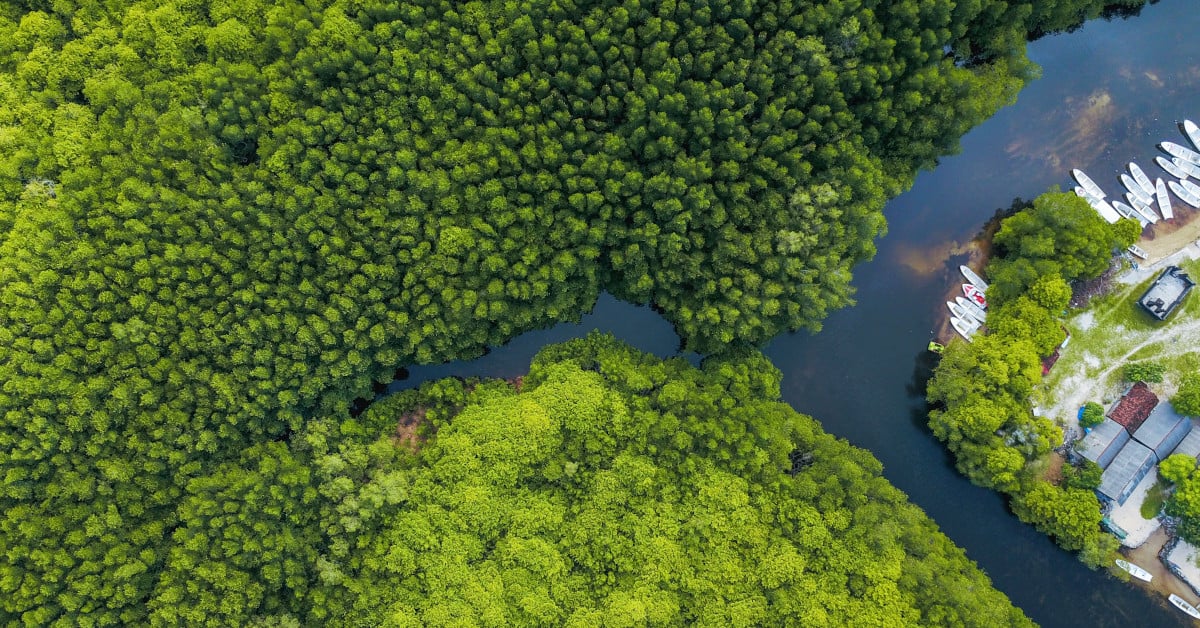The UC System’s Water Management Battle Against the Drought
With California’s drought reaching unprecedented levels – scientists believe that the snowpack is at its lowest point in the last 500 years – the public and private sectors are striving for new water conservation measures guided by a proper water management system. In early 2014, the President of the University of California, Janet Napolitano, declared that all UC campuses would be required to enact a sustainable Water Management Plan to reduce potable water usage by 20% per capita by 2020, with the baselines to be determined by each campus. How are the campuses faring since being given this charge? Strategies and goals have varied; let’s take a look at three of them:

By Alicia Godlove
October 14, 2015
 With California’s drought reaching unprecedented levels – scientists believe that the snowpack is at its lowest point in the last 500 years – the public and private sectors are striving for new water conservation measures guided by a proper water management system. In early 2014, the President of the University of California, Janet Napolitano, declared that all UC campuses would be required to enact a sustainable Water Management Plan to reduce potable water usage by 20% per capita by 2020, with the baselines to be determined by each campus. How are the campuses faring since being given this charge? Strategies and goals have varied; let’s take a look at three of them:
With California’s drought reaching unprecedented levels – scientists believe that the snowpack is at its lowest point in the last 500 years – the public and private sectors are striving for new water conservation measures guided by a proper water management system. In early 2014, the President of the University of California, Janet Napolitano, declared that all UC campuses would be required to enact a sustainable Water Management Plan to reduce potable water usage by 20% per capita by 2020, with the baselines to be determined by each campus. How are the campuses faring since being given this charge? Strategies and goals have varied; let’s take a look at three of them:
UC Berkeley
- What are UCB’s sustainable goals? Back in 2011, UCB set a goal to decrease potable water use by 10% by 2020, as compared with a 2008 baseline (this will be doubled if the utility can provide non-potable irrigation water). In late 2013, UCB also set a system-wide goal to reduce potable water use by 20% by 2020, as compared to a FY2003-2005 baseline.
- Is UCB on track? Yes. As of late 2014, UCB has reduced total potable water use by 7.7% and achieved a system-wide reduction of 22%.
- Notable initiatives: Irrigation has been limited to 0-2 days per week and some lawns have been converted to more drought tolerant material. Showerheads in residence halls were retrofitted to 1.5gpm fixtures.
UC Irvine
- What are UCI’s goals? In 2013, UCI targeted a reduction in potable water use of 20% by 2020 (main campus and medical center), as compared to a FY2005-2007 average baseline. They also have an extra 10% stretch goal, as well as a target to decrease total irrigation water use by 30%.
- Is UCI on track in their water conservation efforts? Yes. The main campus has already achieved a 22% reduction in potable water use.
- Notable initiatives: Over a third of UCI’s total potable water is recycled for use in irrigation. A dozen laboratory cooling systems were modified to capture cooling water as part of their water management
UC San Diego
- What are UCSD’s goals? In 2008, UCSD set a target to reduce overall (potable and non-potable) water use by 4% every year, and also increase recycled water use. In late 2013, UCSD set new goals and baselines to reduce potable water usage by 20% by 2020 using a FY2010-2012 baseline.
- Is UCSD on track? Possibly. By 2013, UCSD had already met its original goal to reduce its yearly total water consumption by 4%. Between 2013 and 2014, UCSD had a large decrease in overall water use (23%). Current progress against the new goals and baselines of the water management plan is unknown.
- Notable initiatives: Piping for recycled water for landscaping is installed with all new construction projects. In the Health Science Facility II, building air handlers were retrofitted to capture condensation for sustainable use in urinal flushing.
While sustainable progress is certainly being made, the environmental, social and economic impacts of the drought continue to worsen. With the drought expected to cost the California economy 2.74 billion in 2015 and the upcoming El Niño unlikely to completely reverse the effects of the drought, we may find ourselves having to take even more drastic water management measures for greater water conservation.
 FirstCarbon Solutions (FCS) helps clients evaluate and optimize water use to reduce costs and improve the sustainability performance of their organizations. FCS’ water management experts help organizations from various industries analyze, understand and improve water conservation to improve the success of their operations. For more information on water management, read this article on the FCS blog.
FirstCarbon Solutions (FCS) helps clients evaluate and optimize water use to reduce costs and improve the sustainability performance of their organizations. FCS’ water management experts help organizations from various industries analyze, understand and improve water conservation to improve the success of their operations. For more information on water management, read this article on the FCS blog.

Related Articles
Environmental Data Management, Environmental Impacts, Natural Resources Management, Environmental Issues, Environmental Planning, Sustainability, Innovation
By Adrienne Garcia on March 10, 2020
Environmental Impacts | Sustainability | Forests | Organization
By Kevin Bolland on December 23, 2019
Environmental Impacts | Environmental Assessments | CEQA | Environmental Planning | city planning
By Megan Crawford on November 19, 2019
Natural Resources Management | FCS | Forests
Be a sustainability leader.
Our team supports you no matter where you are on your Sustainability Journey. Talk to us today to learn more.



